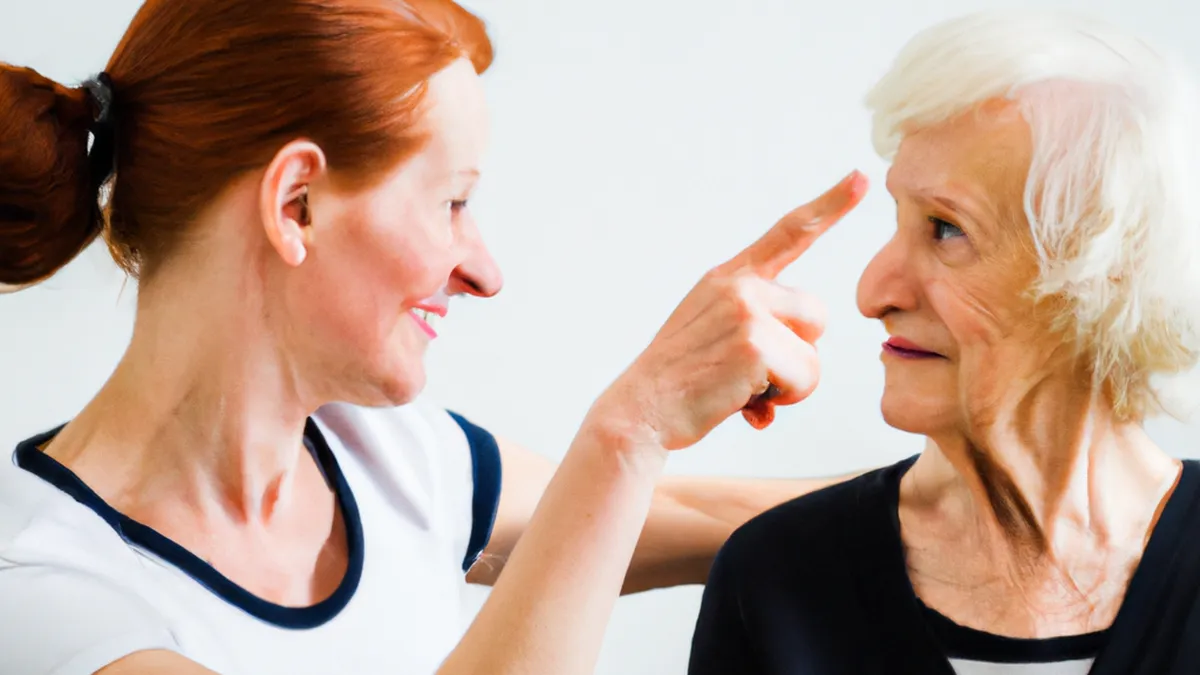Walking: A Pathway to Creative Breakthroughs
The Psychological Effects of Walking on Creativity and Innovation
Walking acts as a powerful catalyst for creativity and innovation. Studies show that walking in natural settings enhances cognitive function. This blog explores walking’s psychological effects on creativity, supported by research and examples. We also offer tips for incorporating walking into your routine.
The Link Between Walking and Creativity
Walking boosts creative thinking. A Stanford University study found that walkers generate more creative ideas than those who sit. Walking increases divergent thinking, essential for innovative problem-solving. Divergent thinking helps individuals explore multiple solutions instead of fixating on one.
Why does walking impact creativity? Both physiological and psychological mechanisms play a role. Walking promotes “free association,” allowing thoughts to flow freely. Movement helps the brain transition between concepts, leading to unexpected connections.
Additionally, walking stimulates brain activity by increasing blood flow and oxygen delivery. Improved brain function enhances your ability to think creatively. Walking often leads to solutions for problems that seem insurmountable when sitting.
Nature vs. Urban Walking
The walking environment significantly affects creativity. Natural settings enhance creativity more than urban environments. A “Psychological Science” study found that participants in nature performed better on creative tasks than those in urban settings. Nature calms the mind, reduces stress, and improves focus.
Urban walking may expose you to distractions like noise and crowds, hindering creativity. Both environments offer unique benefits. A brisk park walk rejuvenates your mind, while a city stroll sparks ideas inspired by architecture and urban diversity. Ultimately, find what works best for you based on your circumstances.
Tips for Incorporating Walking into Your Routine
Incorporating walking into your daily life enhances creativity. Here are practical tips to help you get started:
1. Schedule Walking Breaks
Set specific times for walking breaks. Even short walks of 10 to 15 minutes can boost creativity. Use breaks to step away from work. This change of scenery refreshes your mind and stimulates ideas. Schedule breaks during times you feel stuck.
2. Choose Different Routes
Variety is key.
Conclusion
Walking enhances creativity and innovation, offering numerous psychological benefits. Incorporate walking into your routine for transformative effects.
Below are related products based on this post:
FAQ
How does walking specifically enhance creativity?
Walking boosts creative thinking by promoting divergent thinking, which is essential for innovative problem-solving. Studies, such as one from Stanford University, show that walkers generate more creative ideas than those who remain seated. The act of walking facilitates “free association,” allowing thoughts to flow freely and helping the brain make unexpected connections.
Is there a difference in creative benefits between walking in nature and urban environments?
Yes, the environment significantly impacts creativity. Research indicates that walking in natural settings enhances creativity more than walking in urban areas. Nature calms the mind, reduces stress, and improves focus, leading to better performance on creative tasks compared to the distractions often found in urban settings.
What are some practical ways to incorporate walking into my daily routine?
To incorporate walking into your daily life, consider scheduling specific walking breaks throughout the day, even if they are short (10 to 15 minutes). Additionally, try choosing different routes to keep your walks varied and stimulating. This change of scenery can refresh your mind and spark new ideas.















Post Comment